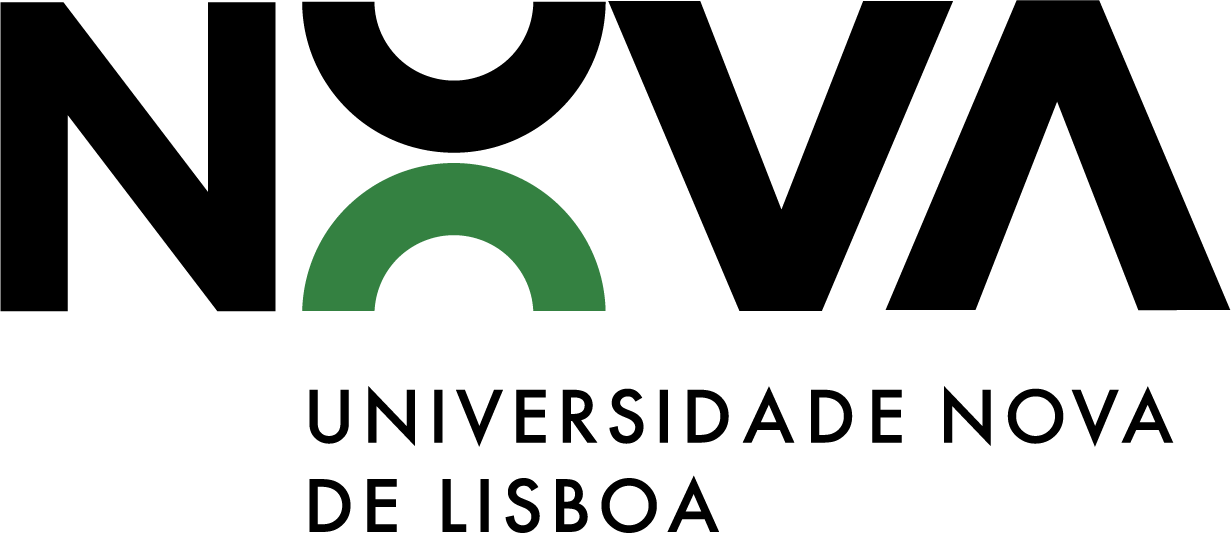Programme Details
Rationale
Information Literacy aims to respond to problems, errors and gaps in web information retrieval that have been identified worldwide, even among younger generations. It has been acknowledged that technology competency is distinct from information competency and therefore does not provide adequate solutions for Internet information searching complexities.
Easy and extended access to information is causing end-user overload and leading to difficulties in identifying, evaluating, selecting, locating and accessing relevant and reliable information sources that can address specific information needs.
The main objective of the Information Literacy Course is to provide students with a set of critical information skills mentioned above that have been recognized as crucial for academic achievement and life-long learning development requirements.
Syllabus
1. Defining the object of study and search strategies
2. Evaluating information sources
3. Plagiarism, citation and referencing
4. Bibliometrics and scientific publishing
Learning outcomes
By the end of this course, students should:
- Be aware of the diversity of information resources and be able to identify those which are most useful, as well as become more familiar with the interfaces, tools and strategies to improve their research.
- Know how to evaluate the credibility of the information sources and know some evaluation criteria for print and online sources.
- Identify the different elements and syntax of a bibliographic reference according to different types of sources.
- Recognize the existence of several standards for bibliographic references and bibliographic management software.
- Recognize and avoid plagiarism.
- Recognize the existence of several plagiarism detection programs and know when/why to cite a source.
- Understand the context and use of bibliometrics in higher education; identify the main metrics used in the evaluation and assessment of research, as well as the main issues and limitations associated with bibliometric analyses.
References
- Armstrong PW, Naylor CD. Counteracting health misinformation: a role for medical journals? JAMA. 2019; 321(19): 1863-4. doi:10.1001/jama.2019.5168.
- Badke W. Research strategies: finding your way through the information fog. New York: iUniverse; 2008. Hart C. Doing a literature search: a comprehensive guide for the social sciences. London: Sage; 2006.
- Brown C. Communication in the sciences. Annu Rev Inform Sci. 2010; 44(1) 285–316. https://doi.org/10.1002/aris.2010.1440440114.
- COPE. Authorship and AI tools: COPE position statement. Eastleigh: COPE; 2023. Available from: https://publicationethics.org/cope-position-statements/ai-author.
- Foltynek T, Bjelobaba S, Glendinning I, Khan ZR, Santos R, Pavletic O, et al. ENAI Recommendations on the Ethical Use of Artificial Intelligence in Education. Int J Educ Integr 19. 2023; 19(12): https://doi.org/10.1007/s40979-023-00133-4.
- Hicks D, Wouters P, Waltman L, de Rijcke S, Rafols I. (2015). Bibliometrics: The Leiden Manifesto for research metrics. Nature. 2015; 520(7548): 429–431. https://doi.org/10.1038/520429a.
- Luo M, Hancock JT, Markowitz DM. Credibility perceptions and detection accuracy of fake news headlines on social media: effects of truth-bias and endorsement cues. Communication Research. 2022; 49(2): 171–95. doi:10.1177/0093650220921321.
- Piwowar H, Priem J, Larivière V, Alperin JP, Matthias L, Norlander B, et al. The state of OA: a large-scale analysis of the prevalence and impact of Open Access articles. Peer. 2018;6:e4375. https://doi.org/10.7717/peerj.4375.
- Singhal S, Kalra BS. (2021). Publication ethics: role and responsibility of authors. Indian J Gastroenteroly. 2021; 40(1): 65–71. https://doi.org/10.1007/s12664-020-01129-5.
- Wouters P, Thelwall M, Kousha K, Waltman L, de Rijcke S, Rushforth A, et al. The Metric Tide: literature review: supplementary Report I to the Independent Review of the Role of Metrics in Research Assessment and Management. London: Higher Education Funding Council for England (HEFCE); 2015. https://doi.org/10.13140/RG.2.1.5066.3520.

